-
Posts
4,229 -
Joined
-
Last visited
-
Days Won
98
Content Type
Profiles
Forums
Resource Library
Events
Gallery
Blogs
Store
Community Map
Everything posted by Mayner
-
N gauge appears to be a very under-rated scale by Irish Modellers. I turned to N in the late 70s out of frustration trying to build a OO gauge layout in a 10X6 box-room and my limited kitbashing/scratchbuilding ability at the time. Turning to N gave me the ability to build a more realistic railway than I could fit in to a similar space in OO, locos and stock became secondary to operation, structures, buildings and scenery. I built a point to point shelf layout along 3 walls of an 11X11 bedroom, with a medium size terminus station, and a small intermediate station junction for a goods only branch. The railway has an operating sequence similar to the Sligo or Mayo Line with passenger, mail, liner and loose coupled goods trains loading up to 6-7 coaches or 15 wagons, something I have never been able to achieve in OO let alone 21mm gauge. I was content enough to run re-painted rtr BR stock for several years before I got around to kitbashing Atlas SW1500 switchers into B121 & 141 diesels. I became hooked on American N in the late 80s with the new generation of Atlas & Kato diesels and highly detailed Microtrains freight cars. The American N scale has been in a hiatus for the last 10 years as it competes for time and space with other modelling projects although I could say that about my Irish modelling projects. American and Continental N is built to the correct scale of 1:160 for standard gauge and does not have the narrow gauge look of the British 1:148 stock.
-

How do you fit brass coach sides to roof without gaps?
Mayner replied to Noel's question in Questions & Answers
Noel Send me a PM with your e-mail address and I will send you a set of instructions. For some reason the tumblehome sketch is not uploading correctly -

How do you fit brass coach sides to roof without gaps?
Mayner replied to Noel's question in Questions & Answers
"Converting RTR coaches with Comet sides" on the downloads section of http://www.cometmodels.co.uk/ gives more information on fitting brass sides to RTR coaches. Worsley Works has "shortened" sides for some modern GNR & NCC/UTA coaches to fit RTR bodies. -
Tony I think Omagh North is an excellent self contained shunting layout that's capable of expansion either into a larger layout if you get the space or adding fiddle yards at one or both ends. Introducing a wagon sorting system http://www.wymann.info/ShuntingPuzzles/Inglenook/inglenook-trackplan.html should make things more interesting. I would imagine a lot of shunting took place on the running roads and the yard neck in the days before the Enniskillen Line closed with cattle traffic off the SLNCR for Derry & Belfast ports and bagged cement from Drogheda to Sligo via Omagh and Enniskillen. Some of us do tend to loose interest once the track is laid, I started a quickie Irish Narrow gauge layout 14 years ago and its still not finished or operates very well but it looks pretty.
-
One option would be to try a "cassette" long enough for turning/storing a loco or a few wagons at each end rather than a turntable and stub sidings. Cassettes are usually fabricated from ply and aluminium angle. You could use the footbridge as a view blocker for trains arriving from Enniskillen or Portadown http://www.rmweb.co.uk/community/index.php?/topic/11899-fiddle-yard-cassettes/
-
Little package arrived from the UK yesterday, I have found a couple of potential casters in Auckland, so a late 2017 release looks feasible.
-
There are colour photos of 6T on the C&L in both the Irish Railways colour albums by Tom Ferris. The loco was overhauled and re-painted in 1956 before she was transferred to the C&L. One of the photos is of the recently overhauled loco taking water at Drumshanbo in which one of the side tanks looks suspiciously like black while the smokebox, tank fronts and dome have a greyish tinge. Whether this was an effect of sunlight reflected on the side of the tank and the effect of heat, smoke and ash dulling the paint on the boiler fittings and smokebox is another question. The overhaul included red buffer beams & nice large yellow numerals on the tank sides, but not to a shaded numeral on the buffer beam instead 6T was chalked on the buffer beam. I attempted to model 3T & 6T as they ran on the C&L in the late 50s 3T weathered grey (Railmatch Dirty Black) & 6T in Halfords satin black
-
The Hornby model is based on the BR Vanwide pallet wagons the last design of short wheelbase BR vans. CIE had nothing remotely similar http://paulbartlett.zenfolio.com/brvanwide The model was originally introduce by Triang-Hornby in the 70s with working sliding doors.
-
Sorry for hi-jacking the tread Rich, I tried building the coaches with a removable roof and with a removable floor and found it easier in the end to build the coaches with a removable underframe and floor. I 1st glue the roof to the sides before cutting out the slots in the sides and floor and fit the interior from below, I leave a ledge of plastic at each end so that I can screw the body to the underframe. I glaze the windows with clear styrene fixed in place with double sided tape
-
There is a big push by the car makers and the electricity companies towards electric cars. Truck builders are developing hybrid distributed electro-diesel power units for B Trains and Road Trains. Some bright spark suggested consolidating road freight into longer road trains at freight hubs and stringing overhead along the motorways and State Highways while at the same time claiming the days of the railway are past Our local MP ridiculed an opposition proposal to introduce a commuter rail service from Hamilton (160,000 pop) into Auckland (1.5m+) and secured $1B for a motorway on the basis that we will all be driving electric self driving cars within 10 years. This doesn't solve the problem of congestion when you get near any big city.
-
MK2 & MK3 coaches had a cabinet at one end with either a vacuum or air pressure gauge so the guard or shunter could carry out the brake test. \ There was also a rule allowing up to 5 coaches to be marshalled behind the van, this mainly applied to branch and suburban trains. Typical 4-5 coaches and a van on the Connolly-Drogheda or Connolly-Arklow suburban trains or one or two coaches and a van on branch line services out of Limerick to Ballina, Ballbrophy or Rosslare
-

Narrow Gauge in the Rockies not quite
Mayner replied to Mayner's topic in US / Canadian Railway Modelling
Sometimes I run the train when I get home in the evening after work. Last night I suddenly realised the train was still out in the garden and it was getting dark:rolleyes: -
The MGWR Ks-GSR/CIE 650 Class is a step nearer to introduction Jeremy has completed the pattern making and the wait was well worth it. The patterns include parts for building the loco in MGWR or GSR/CIE condition. Release date is likely to be (Northern) Autumn 2017, I need to locate a source of suitable motors now that Mashima have ceased production and revise some aspects of the design for customers that do not have a rivet press or rolling mill. I am looking at the option of lost wax brass castings as an alternative to whitemetal particularly if demand is limited. On a positive note I should be able to produce a MGWR Standard Goods, Heavy Shunting Tank or Achill Bogie a lot quicker as they shared many standard parts with the Ks/650 Class
-
The Festiniog Railway S&T engineer or the Welsh Highland Railway Society http://www.whrsoc.org.uk/ may be able to help. IE donated 15 instruments & spares to the FR, they have plans to install remotely operated W&T instruments on the Welsh Highland, with encrypted internet rather than copper connection
-
Nice find I have HMRS photos of three of these tank cars23855,25002 & 25018 on standard gauge transporter wagons in the UK .23855 has the thin shell plackard for the dockers slinging the wagons at the port. The steam coils are inside the tank, heat is only applied during unloading. CIE & the County Councils built boiler houses at the unloading points.
-
CIE bitumen tank wagon Galway Irish Shell pole fields Point Yard Most of the older CIE & private owner tank wagons were stored near the Sherriff St level crossing for the best part of 30 years until the yard was cleared out around 2002.
-
Some of the Bitumen tank wagons were built by CIE incl 23826 which had the Irish brake gear others ncl 23855, 25002 & 25018 by Charles Roberts Rotherham with brake gear similar to the new Bachmann anchor mounted tank wagon. ESSO seem to have imported some more modern bitumen tank wagons along with its BRMK1 Class A & B tank wagons in the late 60s some were stored OOU in the Dardanelles until the yard was re-built around 2003. The MK1 bitumen tank wagons were similar to the Dapol tank wagon with a slightly larger diameter barrel & coned ends. The are likely to be photos of the originals somewhere on Paul Bartells web site
-

Narrow Gauge in the Rockies not quite
Mayner replied to Mayner's topic in US / Canadian Railway Modelling
We had a bit of a flood on Friday night flooding most of the garden. A bit wet for running trains but a excellent opportunity to operate an Inland Waterway service like the Grand Canal Company in the old days. The tug boat made it through the shallows while the Cruise Ship kept to deeper water. Most of the flooding had receded by mid afternoon ready for the next rain storm! We are on a silt soil on top of a layer of ash from the Taupo Eruption which does not drain well, the main reason for building the railway on a raised timber foundation than earthworks. -
The reliability and ease of maintenance of the 2 stroke EMD 567 & 645 power units is legendary and superior to most 4 stroke engines, there are a lot of 40+ year old General Motors locos in use Internationally. Funnily enough Kiwirails DC Class an upgraded version of a 1960s standard export G12 has better reliability figures and more economic to maintain than the two generations of more powerful locos built to replace them. Still going well after 50 years DC returning to Te Rapa Hamilton on a trip working from Morrinsville
-
Most effort since Christmas has been spent on finishing projects and repairs on American Stock. Not sure if its the size but it seems to take about the same time as to overhaul/repair a full size loco or coach. One of my RGS short cabooses lost a balcony rail/ladder at one end so I soldered up a replacement using KS round bar. I marked up the profile of the end on a block of wood as a jig and pinned the bar to the wood using drawing pins, and soldered using a 25watt Antex iron 145 solder and my own 'homebrew" phosphoric flux diluted 50% from Killrust rust convertor (24% phosphoric) Finished article awaiting priming. I used the railings/ladder from the other end as a pattern. I spray painted both rails with a Tayima white spray enamel and a semi gloss clear. One end of the caboose got a bump so I have to repair the roof walkway before it returns to service. The RGS was about as broke as you could get but the FRA & the Railroad Brotherhoods (Unions)seems to have been strict around the painting of caboose steps and grab irons
-
They have done pretty well compared to the older classes with none written off as a result of collision damage.
-
To put things in perspective mass produced injected models like the MM Cravens are incredibly cheap because they sell in 1000s rather than the 50 + units required to break even with hand finished resin cast model. A professionally assembled brass SSM or Worsley Works coach is likey to set the buyer back a min £250-300 the parts alone to build a brass coach will set you back around £70. The IFM rtr coaches are reasonably priced for what they are and ideal for a layout such as Noel's where the emphasis is on action, but totally unsuitable for a fine scale layout such as Advavoyle or Valencia Harbour where models are viewed up close.
-
The West Cork s an excellent project for a model, unfortunately for 4mm modeller there is far more suitable locos and stock available in O Gauge tanks to Alphagraix & Tyronnell models. Should be a good opportunity for scratchbuilding and kit bashing with such a variety of locos and stock. Someone will need to tackle an ex-DSER 2-4-2T the regular Drimleague_Bantry passenger loco up to the arrival of the AEC railcars. The Triang-Hornby GWR clearstory should be a good basis for kitbashing CBSCR shortie bogie coaches
-
Large scale and American modellers tend to visit each others railways this month with some interesting results with Fn3 & Gauge 1 trains running across Ribblehead Viaduct and past Rossendale Abbey DRGW K27 464 crossing Ribblehead Viaduct Northern Pacific North Coast Limited passing Rossendale Abbey Roundhouse Sandy River & Rangley Lakes (2' Gauge) No24 stands in the steaming bay A contrast in size DRGWR K27 2-8-2 464 & C19 2-8-0 346 line up at the station
-
The West Cork an interesting choice for a club in deepest Linconshire. Is MikeC building some locos & stock to run on it?
.png.c363cdf5c3fb7955cd92a55eb6dbbae0.png)


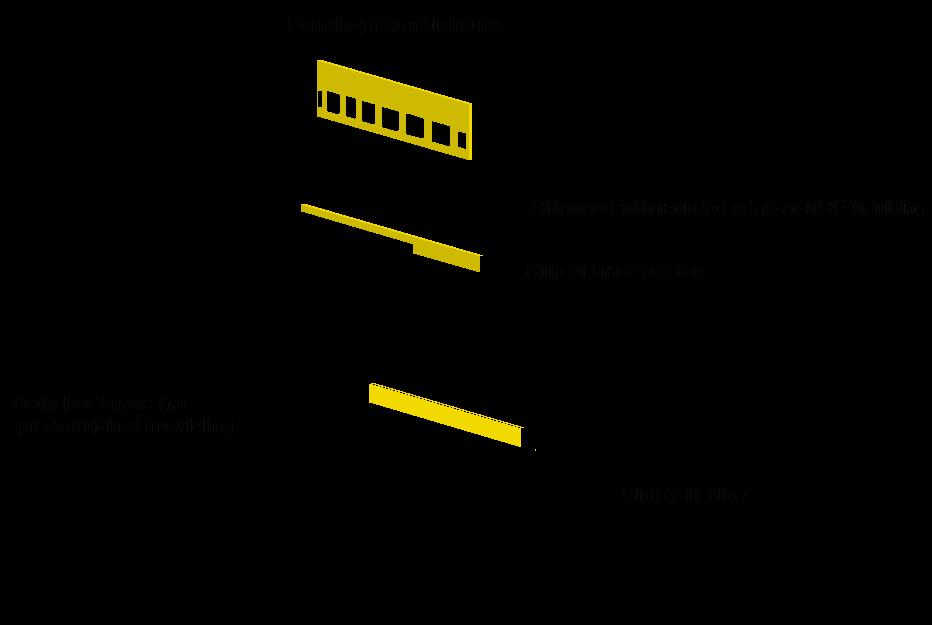
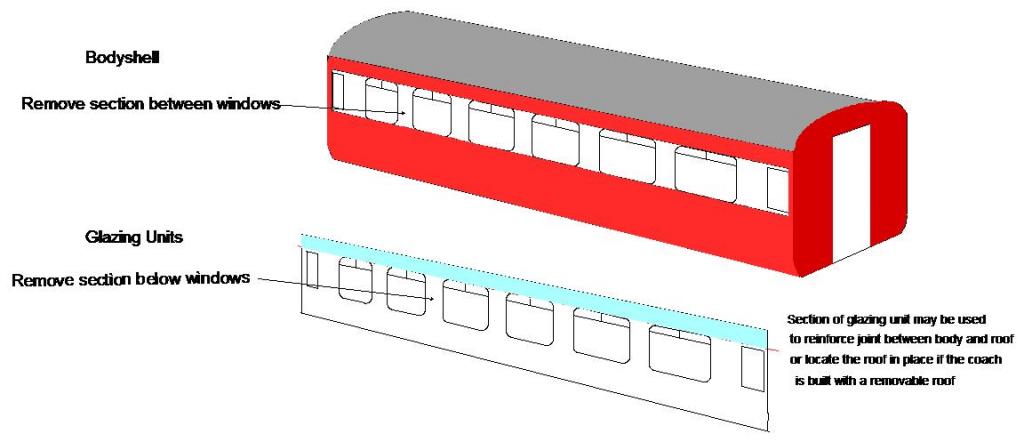
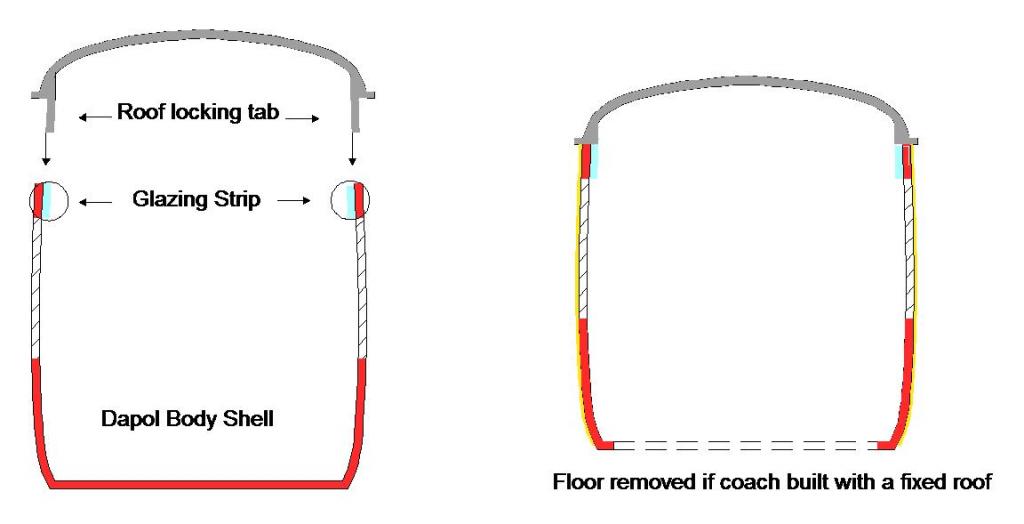

.jpg.bea6e64f586f41423e616cfdfb8cfa24.jpg)
.jpg.532c9adb3c2280702ca77895cb8ffe00.jpg)
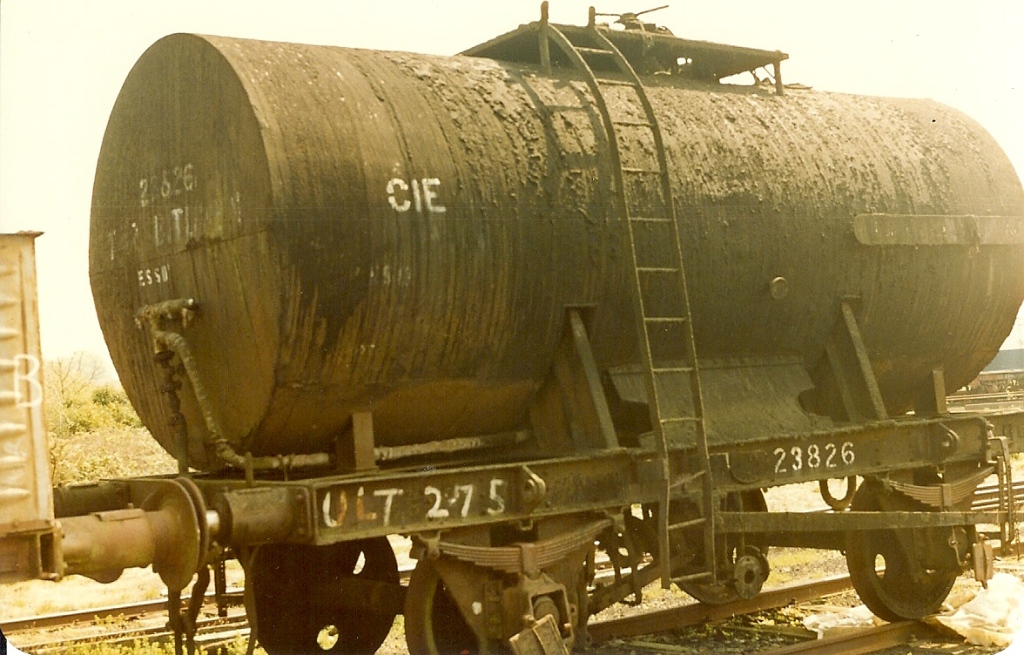
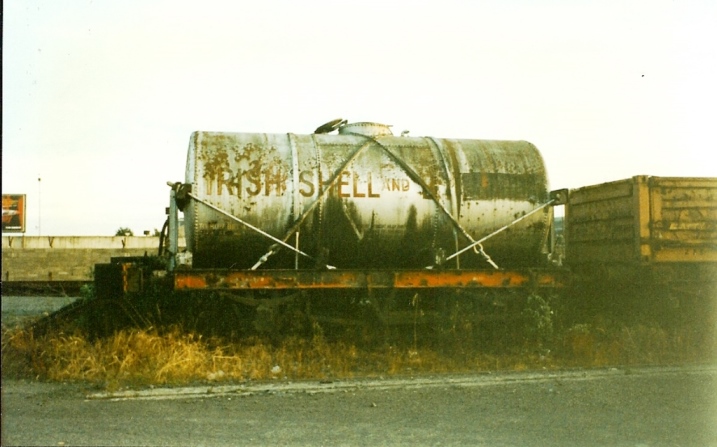


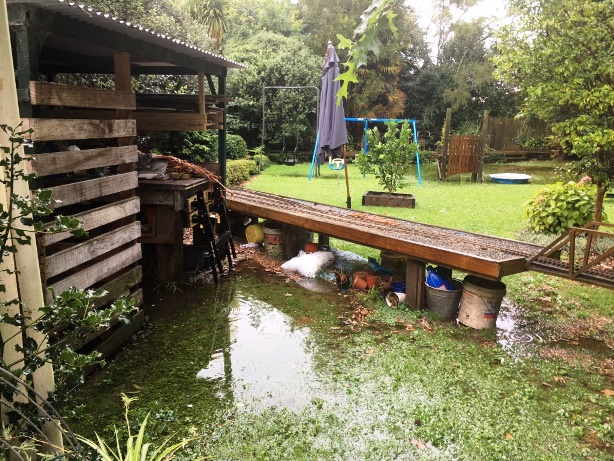

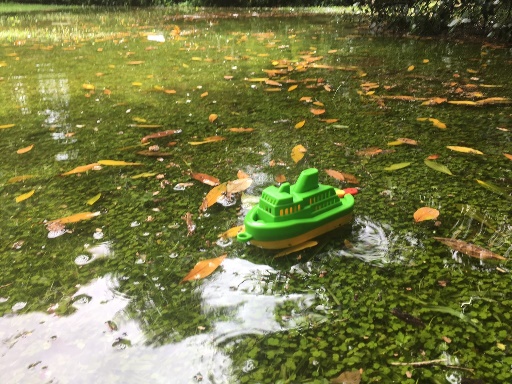
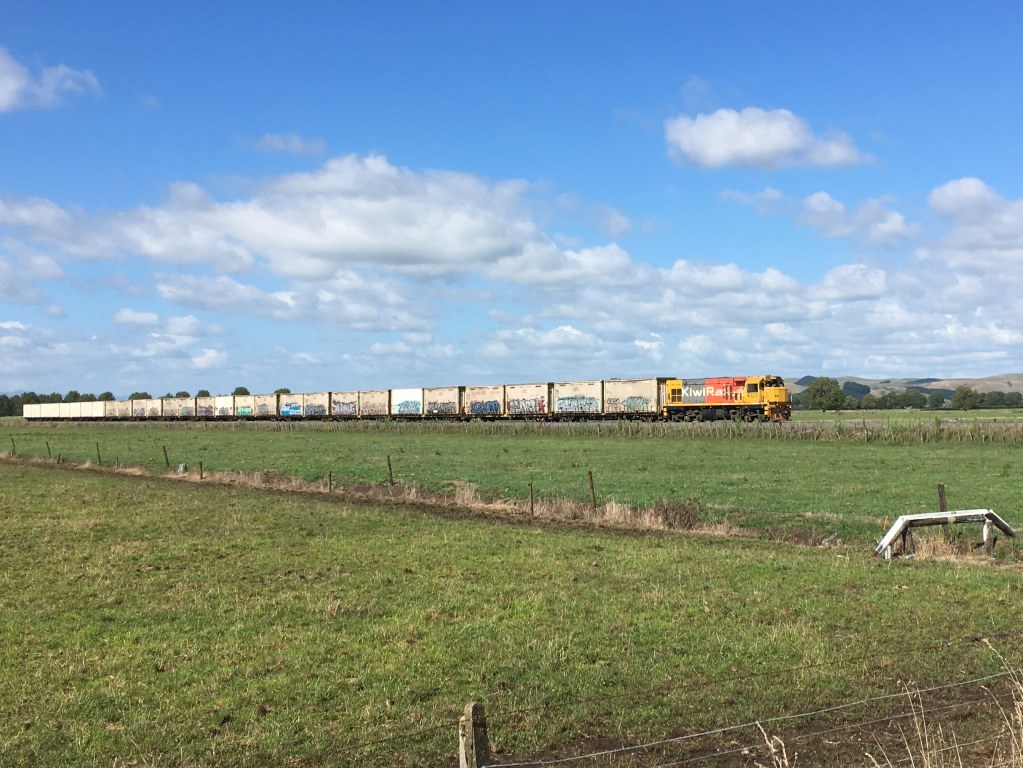
.jpg.2d3680c865e9de32cca1096a847734c9.jpg)